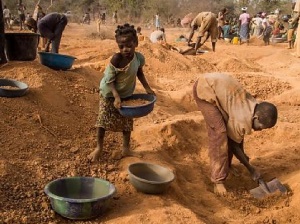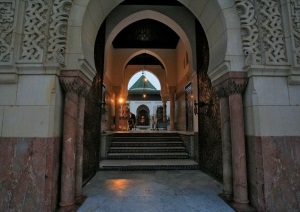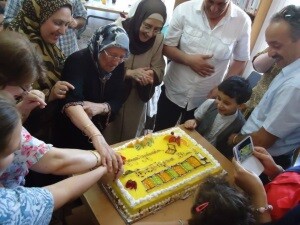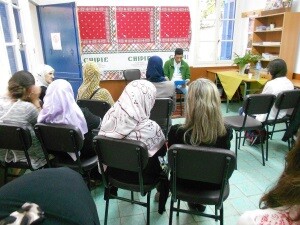Dear Mr. /Mrs…. We need to transform our economic system
MIGRANTS : Faced with this situation the Sisters of Our Lady of Africa and the Missionaries of Africa sent a letter to political leaders of the European Union and European countries,
O Migrant, “rest here” with us…
My brother, My sister,
You left everything, your home,
The disastrous effects of the Mining Industry in Africa

Africa is rich in reserves of minerals. It is a leading producer of gold and coltan (used in electronic devices) and other minerals.
Let us seek to cooperate with organisations which are working to save the earth
The earth is God’s gift to humanity for its happiness and development.
Inter-religious dialogue does not come naturally for us!
We must not deceive ourselves! Inter-religious dialogue does not come naturally for us! We do need to learn to listen to different opinions
Dialogue, with respect for religious differences
 Inter-religious dialogue, what is it ?
Inter-religious dialogue, what is it ?
A palette full of colors of the “living together”
“Always a ray of sunshine your messages, my dear Josette.
I discovered an intimate face of Islam
 At the beginning of my stay in Paris, a happy event led me to discover the existence of a spiritual-sharing-group at the great mosque in Paris
At the beginning of my stay in Paris, a happy event led me to discover the existence of a spiritual-sharing-group at the great mosque in Paris
The Palmiers library
 A Feast Day for students:
A Feast Day for students:












